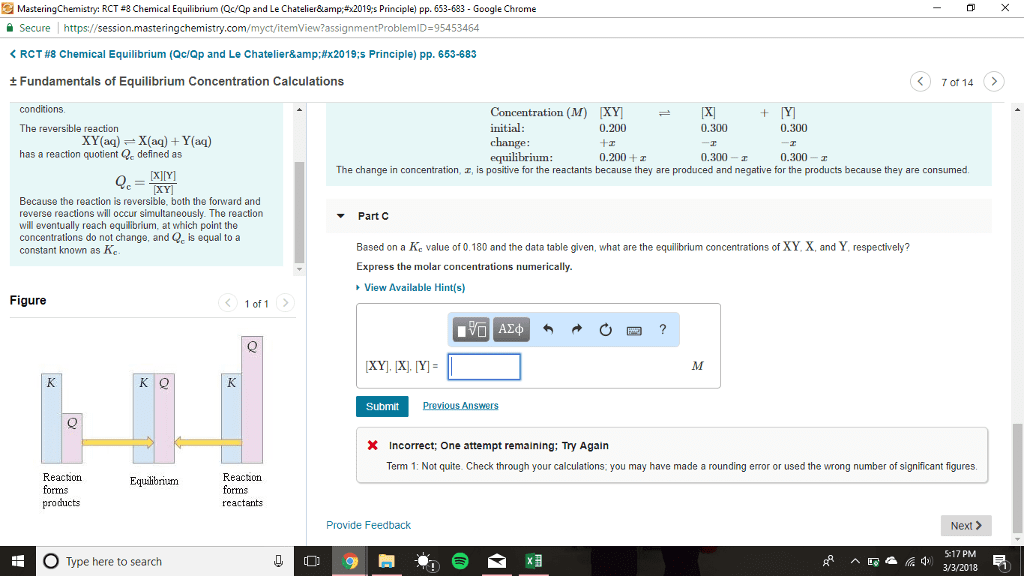CHEM 1A Lecture Notes - Lecture 14: Reversible Reaction, Equilibrium Constant, Reaction Rate Constant
Document Summary
Acids, bases, and many salts dissolve in water and dissociate to form caions and anions. As the ions move around in soluion, they may combine with one another. In other words, dissociaion reacions may be reversible. All reversible reacions quickly reach a stage where the rate of the forward reacion is equal to the rate of the reverse reacion. At this point, no further macroscopic changes can be observed and the reacion is in a state of equilibrium (a dynamic equilibrium). Clearly, the end result of reversible reacions is a mixture of reactants and products. The equilibrium constant, k, is a measure of the extent of progress of a reacion towards products. A large k indicates mostly products in the mixture. A small k indicates mostly reactants in the reacion mixture. Explain why reversible reacions do not go to compleion: use the magnitude of k to explain the composiion of a reacion mixture at equilibrium.


